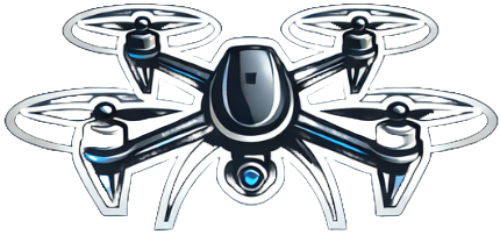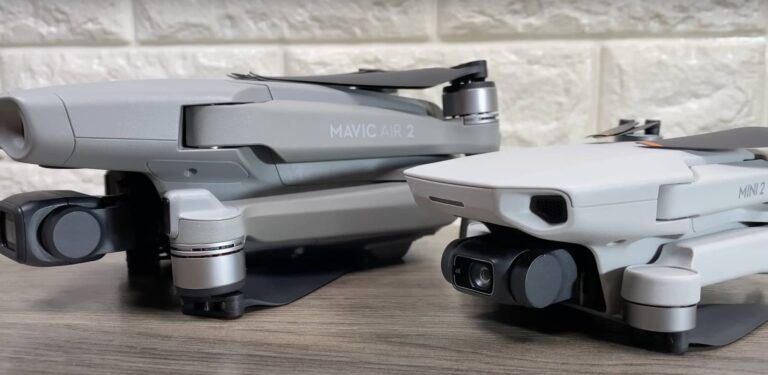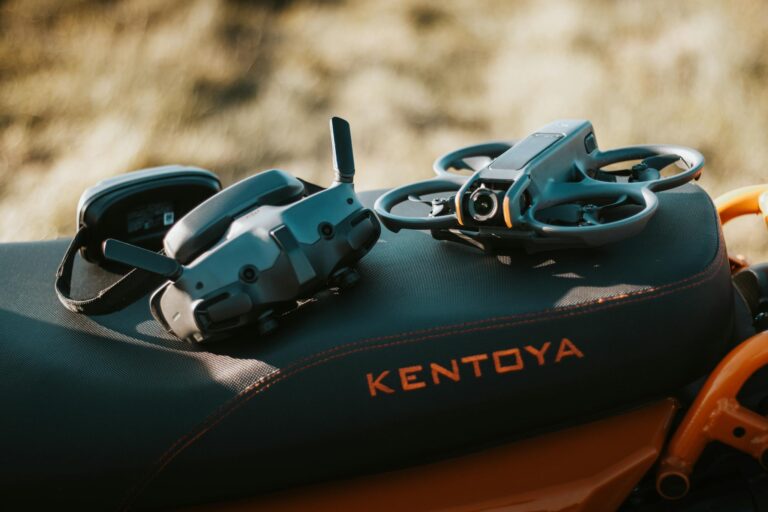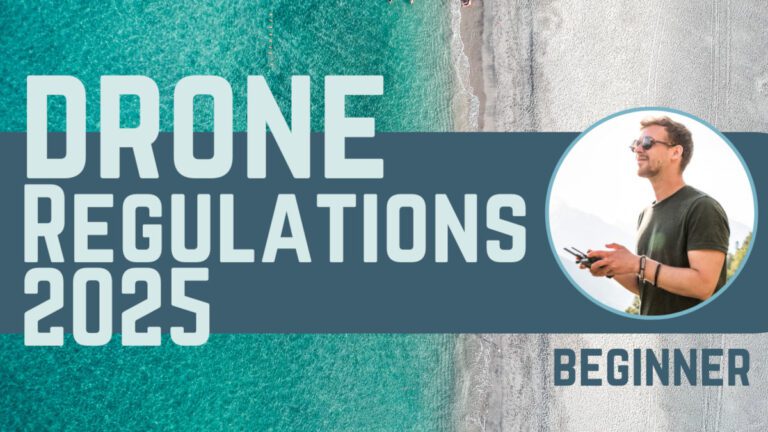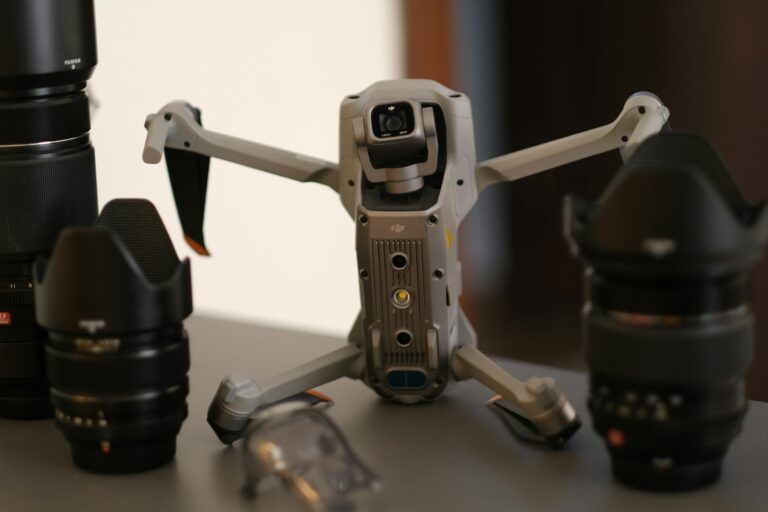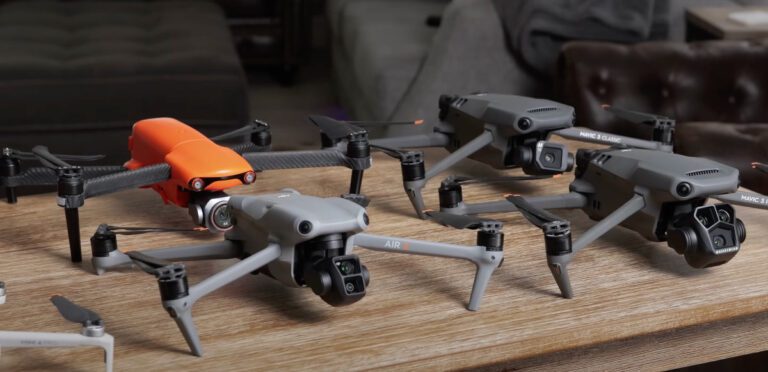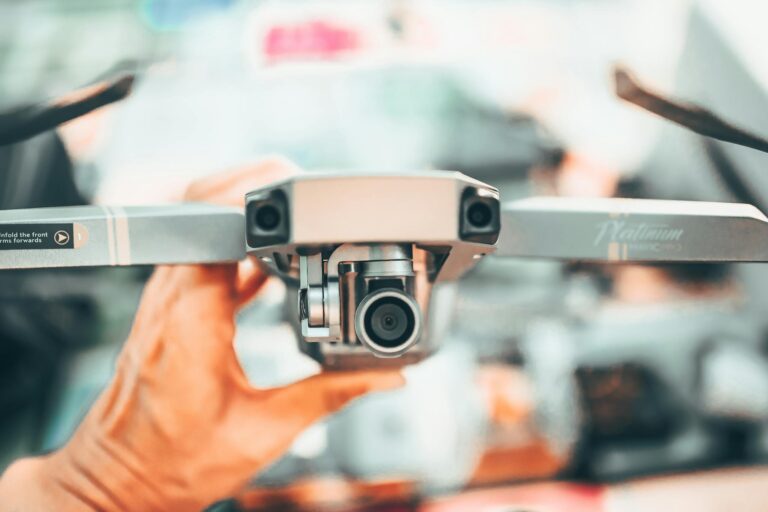Entering the world of drones is thrilling, but choosing the right one can feel overwhelming. Whether you want to capture stunning aerial shots, dive into FPV racing, or just enjoy flying, this beginners drone guide provides a detailed roadmap to help you find the perfect drone to match your goals and skill level.
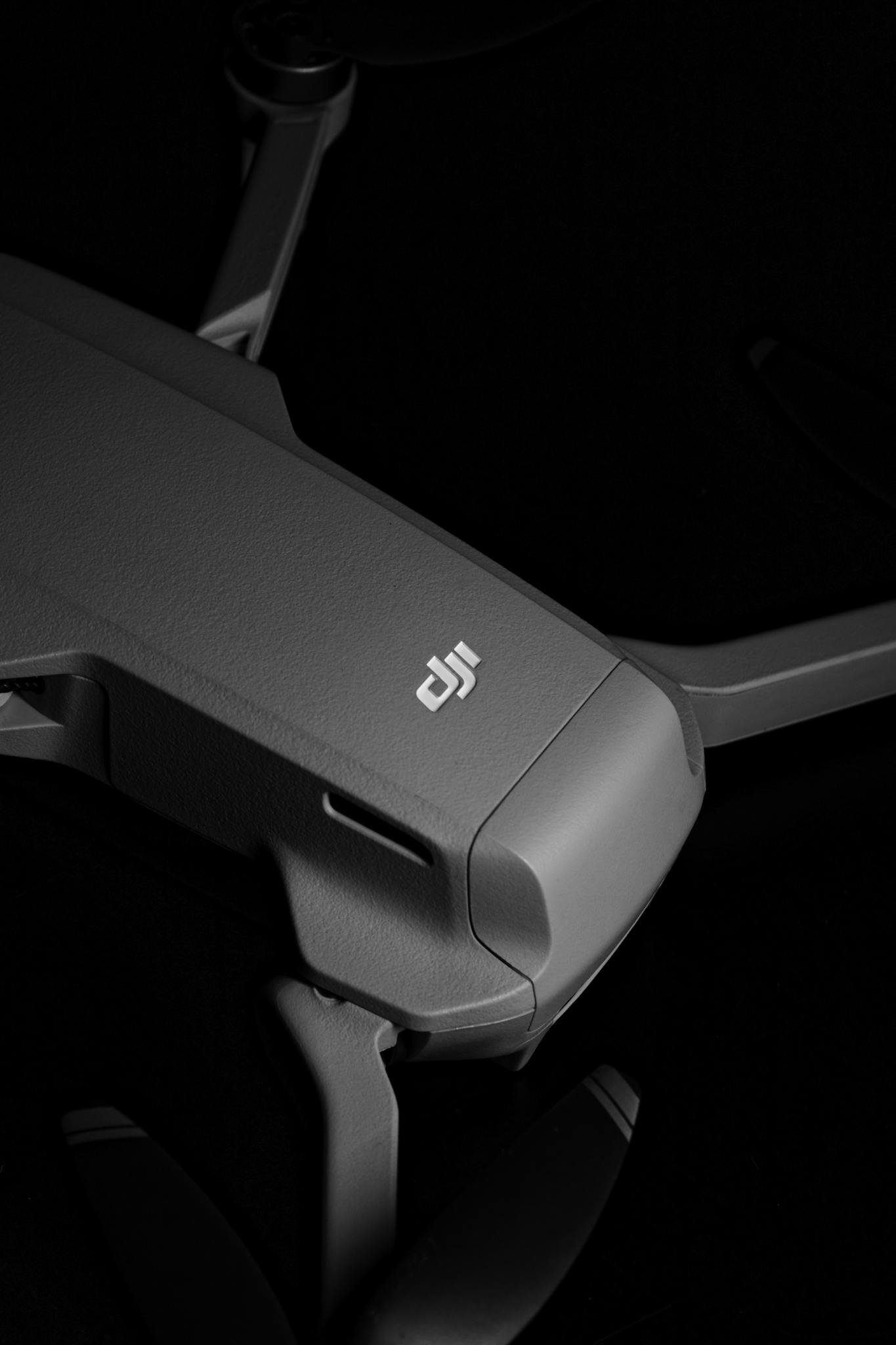
Identify Your Purpose: What Do You Want to Do with Your Drone?
1. Aerial Photography & Videography – If capturing high-quality images and video is your goal, look for drones with features like:
- High-Resolution Cameras: Aim for at least 4K video and 12MP photo resolution.
- Gimbal Stabilization: Ensures smooth, professional-looking footage.
Example Drones:
- DJI Mini 3 Pro – Compact, 4K video, 3-axis gimbal.
- DJI Air 2S – 5.4K video, 1-inch sensor, advanced safety features.
2. FPV Drone Racing – For fast, agile flying with a first-person view (FPV), choose drones that prioritize:
- Speed and Agility: Lightweight frames and powerful motors.
- Durability: Carbon-fiber frames to withstand crashes.
- FPV Goggles: For real-time immersive flight.
Example Drones:
- BetaFPV Cetus Pro – Great for beginners learning FPV.
- EMAX Tinyhawk II – Affordable and durable for racing practice.
3. Casual & Recreational Flying – If you’re a hobbyist, look for drones that are:
- Affordable: Budget-friendly options for practice.
- Easy to Fly: Beginner modes, GPS stabilization, and one-key takeoff/landing.
- Example Drones:
- Ryze Tello – Fun, programmable drone with basic photography.
- Holy Stone HS210 – Mini drone perfect for indoor practice.
Consider Your Budget
Drones come in a variety of price ranges. Here’s what to expect:
Under $100:
- Pros: Great for learning controls, minimal risk if you crash.
- Cons: Limited features, short flight time, low camera quality.
- Example: Holy Stone HS210 – Affordable and easy to fly.
$100 – $500:
- Pros: Improved cameras, longer flight times, more stability features.
- Cons: Still limited for advanced photography or racing.
- Example: Ryze Tello – Budget-friendly with basic photography.
$500 – $1000:
- Pros: Professional features like 4K cameras, GPS, and gimbals.
- Cons: Requires more care to fly and maintain.
- Example: DJI Mini 3 Pro – Compact drone with advanced features.
Key Features to Look For
1. Flight Time
Most beginner drones offer between 10 to 30 minutes of flight time.
- Tip: Buy extra batteries to extend your flying sessions.
2. Camera Quality
- Photography: At least 12MP resolution.
- Video: Aim for 1080p for casual use, 4K for professional-level shots.
3. Safety Features
- GPS Stabilization: Keeps the drone steady, even in wind.
- Obstacle Avoidance: Prevents crashes by detecting nearby objects.
- Return-to-Home (RTH): Automatically brings the drone back if the battery is low or the connection is lost.
Ease of Use for Beginners
Look for drones with beginner-friendly features:
- Headless Mode: Simplifies orientation by making the drone’s forward direction match your controller.
- One-Key Takeoff/Landing: Makes launching and landing easy.
- Altitude Hold: Keeps the drone stable at a set height.
Recommended Drone:
DJI Mini SE – Compact, easy to fly, and perfect for new pilots.
Legal Considerations and Safety
Before taking off, make sure you:
- Register Your Drone: If it weighs more than 250 grams.
- Learn Local Laws: Follow regulations about where you can fly.
- Stay Safe: Avoid flying near airports, crowds, and restricted areas.
Every great flight begins with the right choice. Whether you dream of capturing breathtaking landscapes or racing through exhilarating courses, the perfect drone awaits you. Start small, learn the ropes, and soon you’ll unlock the endless possibilities the skies offer. Your journey into the world of drones isn’t just about flying – it’s about freedom, creativity, and adventure. Take off and let your passion soar!
For beginners looking to enhance their drone experience, check out our guide on “Top 10 Drone Accessories for Beginners“.
